Almond Propagation Methods: Tips On Propagating Almond Trees
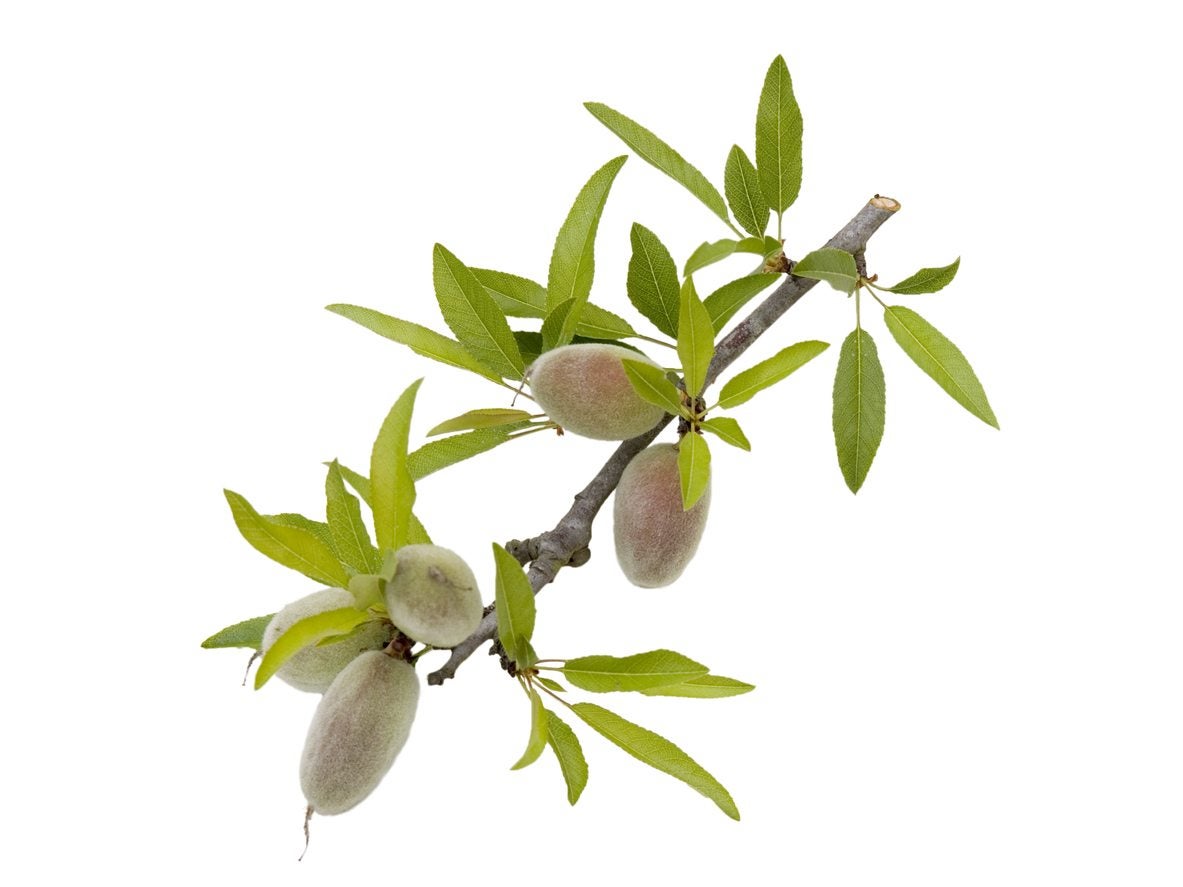

Native to the Mediterranean and Middle East, almond trees have become a popular nut tree for home gardens around the world. With most cultivars only growing to a height of 10 to 15 feet (3-5 m.), young almond trees can easily be trained as espaliers. Almond trees bear light pink to white flowers in early spring before they leaf out. In cooler climates, it’s common for these flowers to bloom while the rest of the garden still lies asleep beneath the snow. Almond trees can be purchased from garden centers and nurseries or propagated at home from an existing almond tree. Let’s take a look at how to propagate an almond tree.
Almond Propagation Methods
Most almond cultivars cannot be propagated by seed. The seeds of some hybrids are sterile, while other almond cultivar seeds may be viable but will not produce true to type plants. The plants that result from seed may revert to an original parent plant, which though related, might not even be an almond plant. Therefore, the most common almond propagation methods are softwood cuttings or bud grafting.
Propagating Almond Trees with Cuttings
Softwood cuttings is a propagation method in which young shoots of a woody plant are cut off and forced to root. In spring, after the almond tree has leafed out and produced new shoots, select a few young, pliable offshoots for softwood cuttings. Be sure that these are new shoots growing above the tree’s graft union and not suckers from below the graft. Before cutting off the shoots for softwood cuttings, prepare a seeding tray or small pots with a good blend of compost or potting medium. Poke holes in the potting medium for the cuttings with a pencil or dowel. Also, be sure to have a rooting hormone handy. With a sharp, sterile knife, cut the young offshoots that you selected for almond tree propagation just below a leaf node. The selected shoots should be approximately 3 to 4 inches (8-10 cm.) long. Remove any leaf buds or leaves from the lower half of the cutting. Following the instructions on the rooting hormone that you are using, apply this to the bottom of the cuttings, then place them in the potting medium. Tamp the soil down firmly around the cuttings and gently but thoroughly water them. It usually takes five or six weeks for softwood cuttings to root. During this time, it is very important to keep the compost or potting mix moist, but not too soggy. Placing the cutting in a greenhouse or clear plastic bag can help retain consistent moisture.
How to Propagate an Almond by Budding
Another common method for almond tree propagation is budding, or bud grafting. With this form of tree grafting, buds from the almond tree you wish to grow are grafted onto rootstock of a compatible tree. Rootstock of other almonds can be used for budding almond trees as well as peaches, plums, or apricots. Budding is usually done in late summer. Using careful cuts with a grafting knife, almond buds are grafted onto the selected rootstock by one of two methods, either T-budding or chip/shield budding. In T-budding, a T-shaped cut is made in the rootstock and an almond bud is placed under the bark of the cut, then it is secured in place by grafting tape or a thick rubber band. In shield or chip budding, a shield-shaped chip is cut out of the rootstock and replaced by a properly fitting shield-shaped chip containing an almond bud. This chip bud is then secured in place by grafting tape.
Gardening tips, videos, info and more delivered right to your inbox!
Sign up for the Gardening Know How newsletter today and receive a free copy of our e-book "How to Grow Delicious Tomatoes".
-
 My Homemade Orchid Fertilizer Always Brings More Blooms – Here's The Easy Recipe That Transforms Plants
My Homemade Orchid Fertilizer Always Brings More Blooms – Here's The Easy Recipe That Transforms PlantsScientist-turned-gardener Mary Ellen Ellis shares her tried-and-tested DIY orchid fertilizer recipe, plus more ingredients to try for healthy, happy plants.
By Mary Ellen Ellis
-
 Looking For Plants To Give You The Soft And Fuzzies? Try These 5 Fuzzy Leaf Plant Options
Looking For Plants To Give You The Soft And Fuzzies? Try These 5 Fuzzy Leaf Plant OptionsLovers of texture, drama, silver foliage and tactile plants will adore these special sensory garden additions. These fuzzy leaf plant options will leave you all aglow
By Susan Albert
-
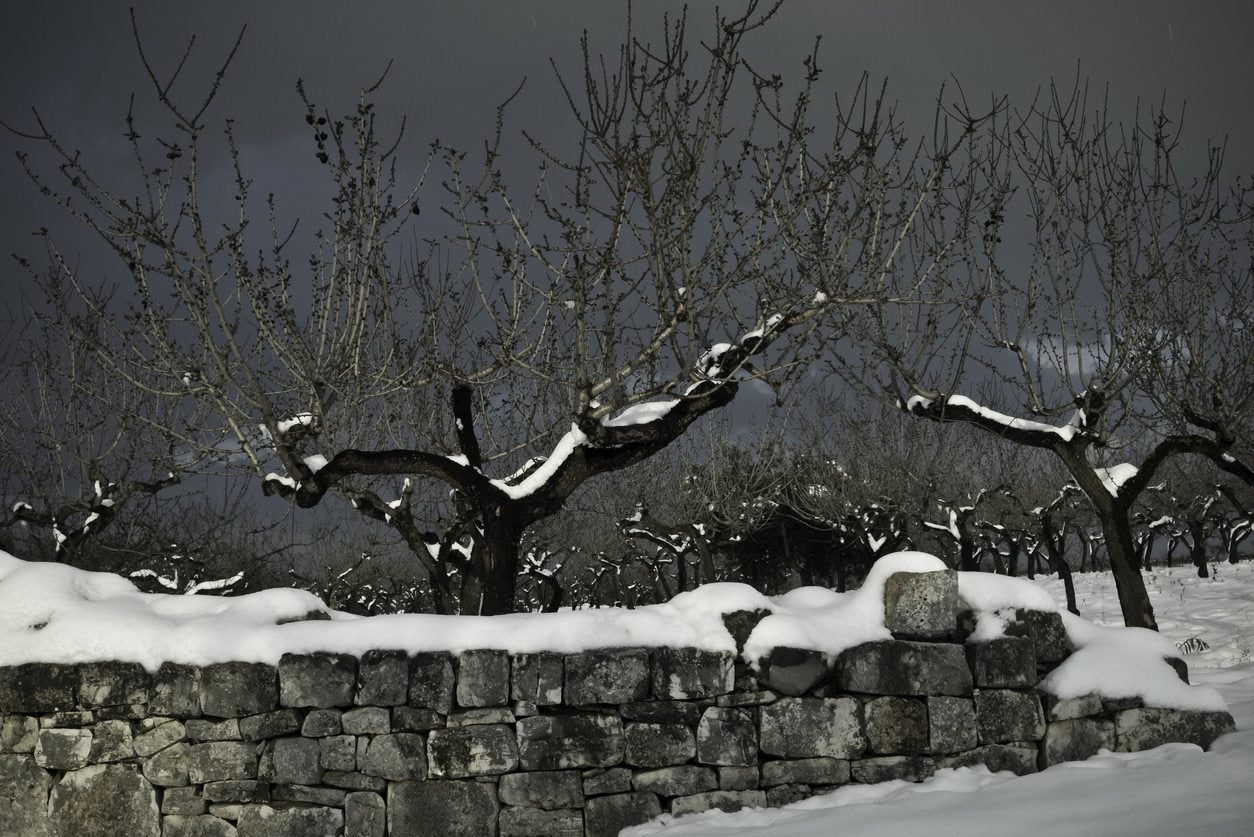 Almond Winter Care – What To Do With Almonds In Winter
Almond Winter Care – What To Do With Almonds In WinterWith early blooms in mild climates, almond trees are making their way into the landscape, providing homeowners with early spring blooms, healthy nuts and an attractive landscape plant. Click this article for tips on what to do with almonds in the winter.
By Darcy Larum
-
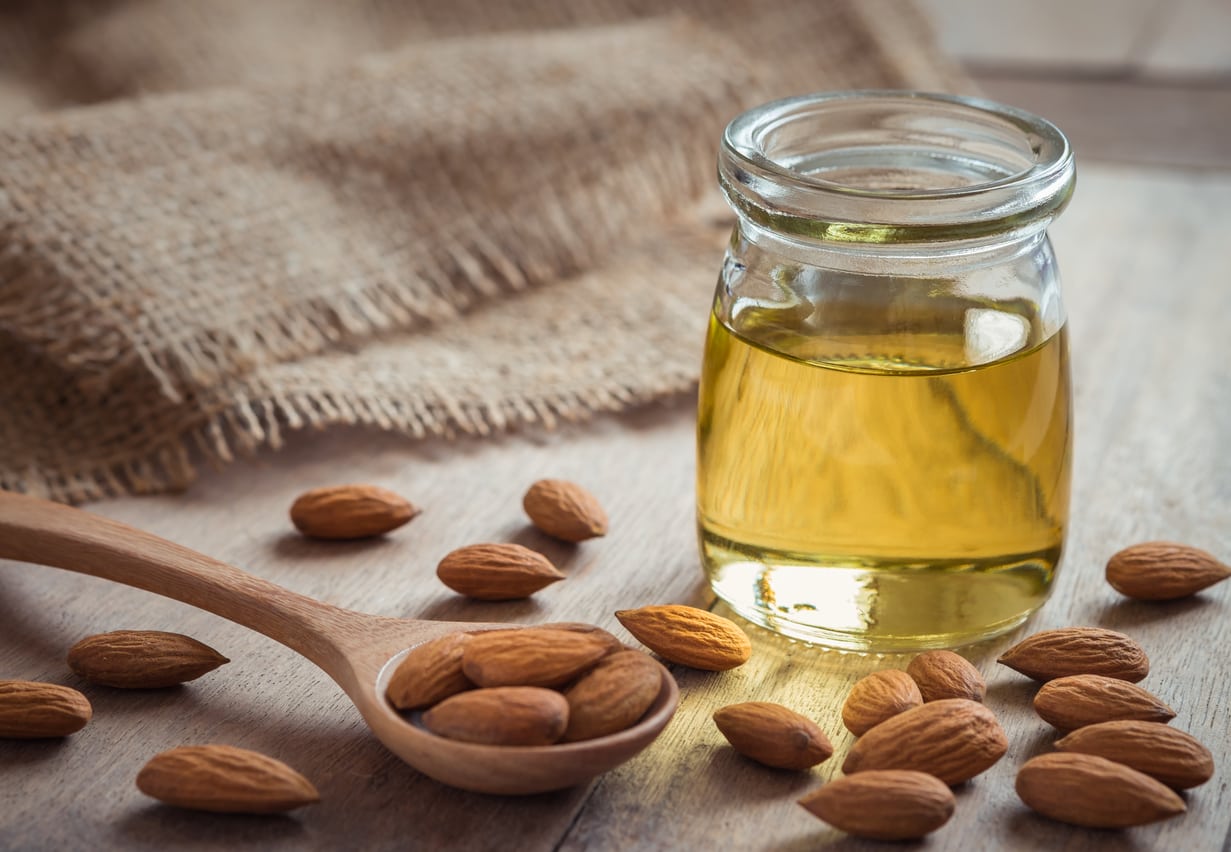 Almond Oil Information: Tips For Using Almond Oil
Almond Oil Information: Tips For Using Almond OilAlmond oil is nothing new. But exactly what is almond oil and how do you use it? The following article contains almond oil information. Learn about the uses of almond oil and more. Click here to learn more.
By Amy Grant
-
What Is Hull Rot: Learn How To Avoid Rotting Nut Hulls
Almond hull rot is a fungal disease that affects the hulls of nuts on almond trees. It can cause big losses in almond farming, and the occasional backyard tree. Understanding basic identifying factors can help you manage this disease. Learn more in this article.
By Mary Ellen Ellis
-
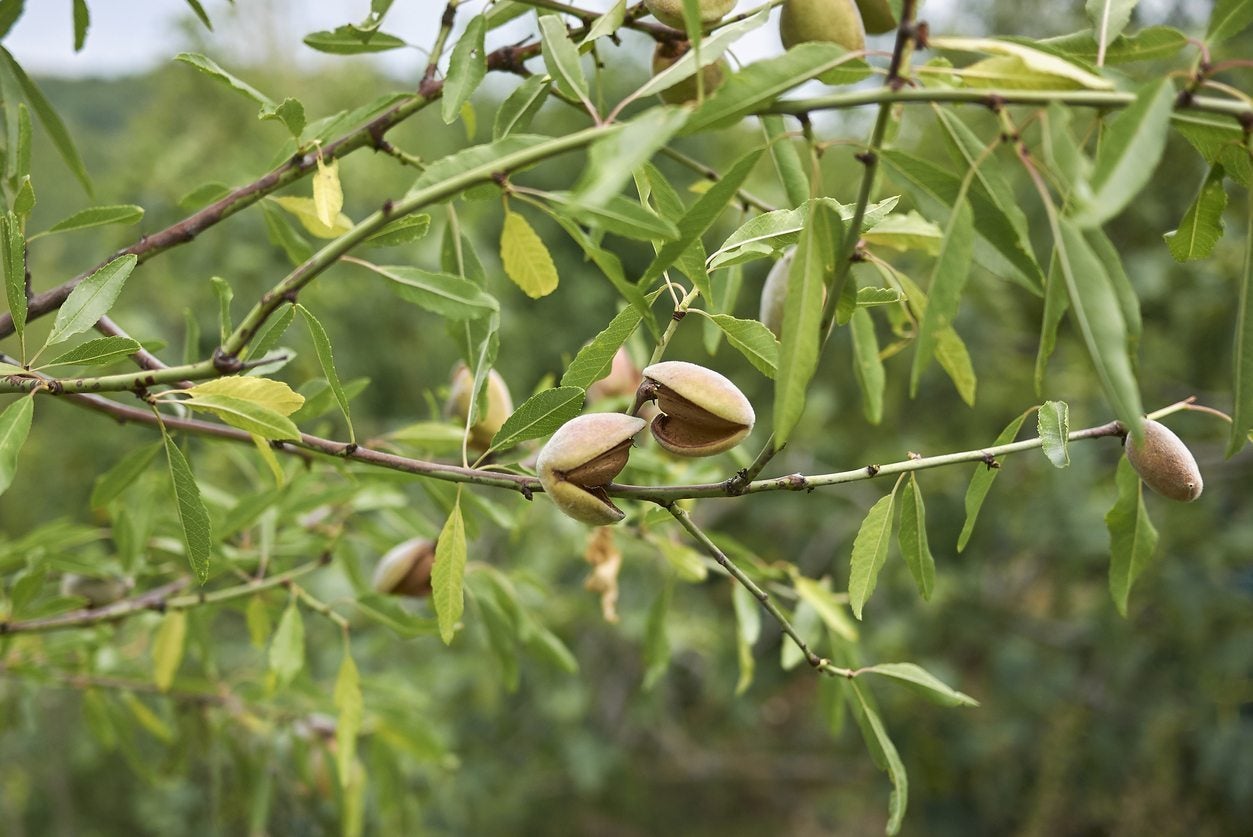 Can You Grow Almonds From Cuttings – How To Take Almond Cuttings
Can You Grow Almonds From Cuttings – How To Take Almond CuttingsAlmonds are usually propagated by budding or grafting. How about rooting almond cuttings? Can you grow almonds from cuttings? Find out how to take almond cuttings and other information about propagating almonds from cuttings in this article.
By Amy Grant
-
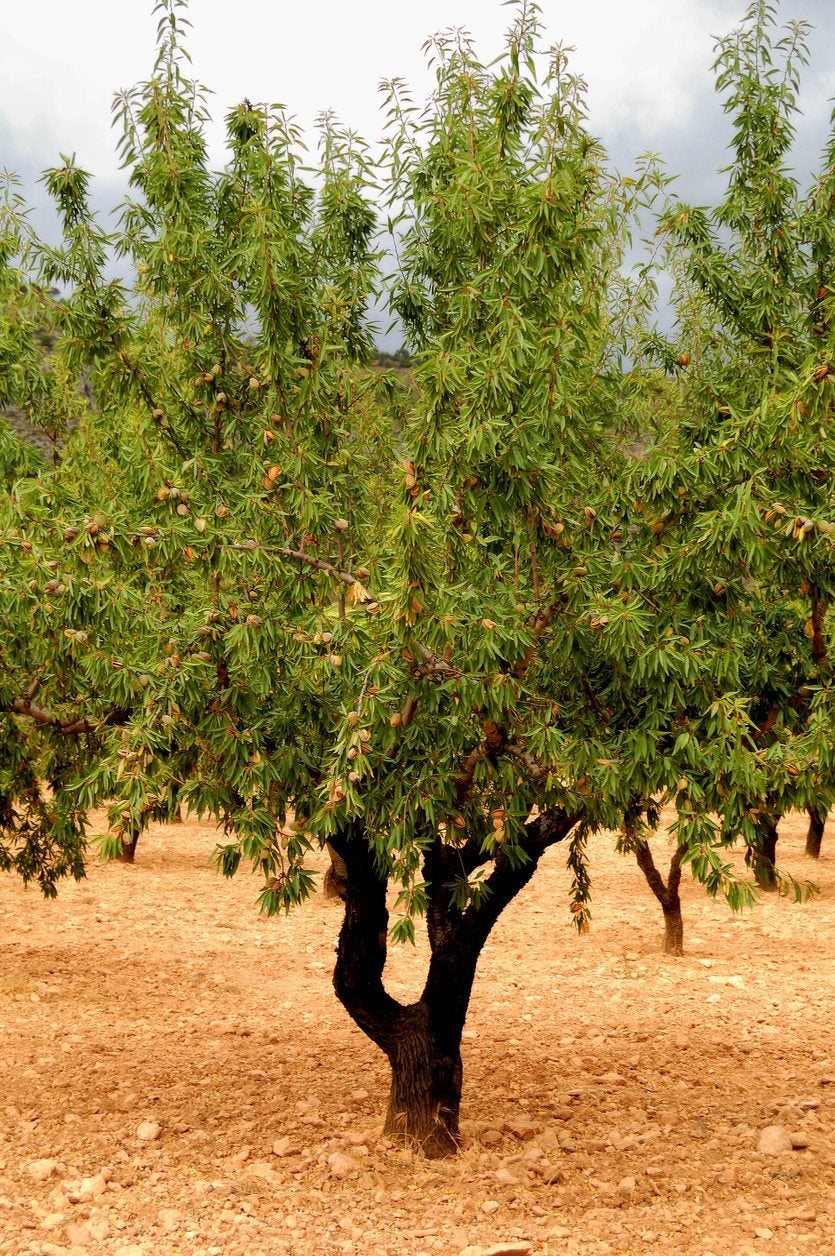 Moving An Almond Tree – How To Transplant Almond Trees
Moving An Almond Tree – How To Transplant Almond TreesDo you have an almond tree that for one reason or other needs to be moved to another location? Then you're probably wondering if you can transplant an almond? If so, click on this article for some helpful almond transplant tips.
By Amy Grant
-
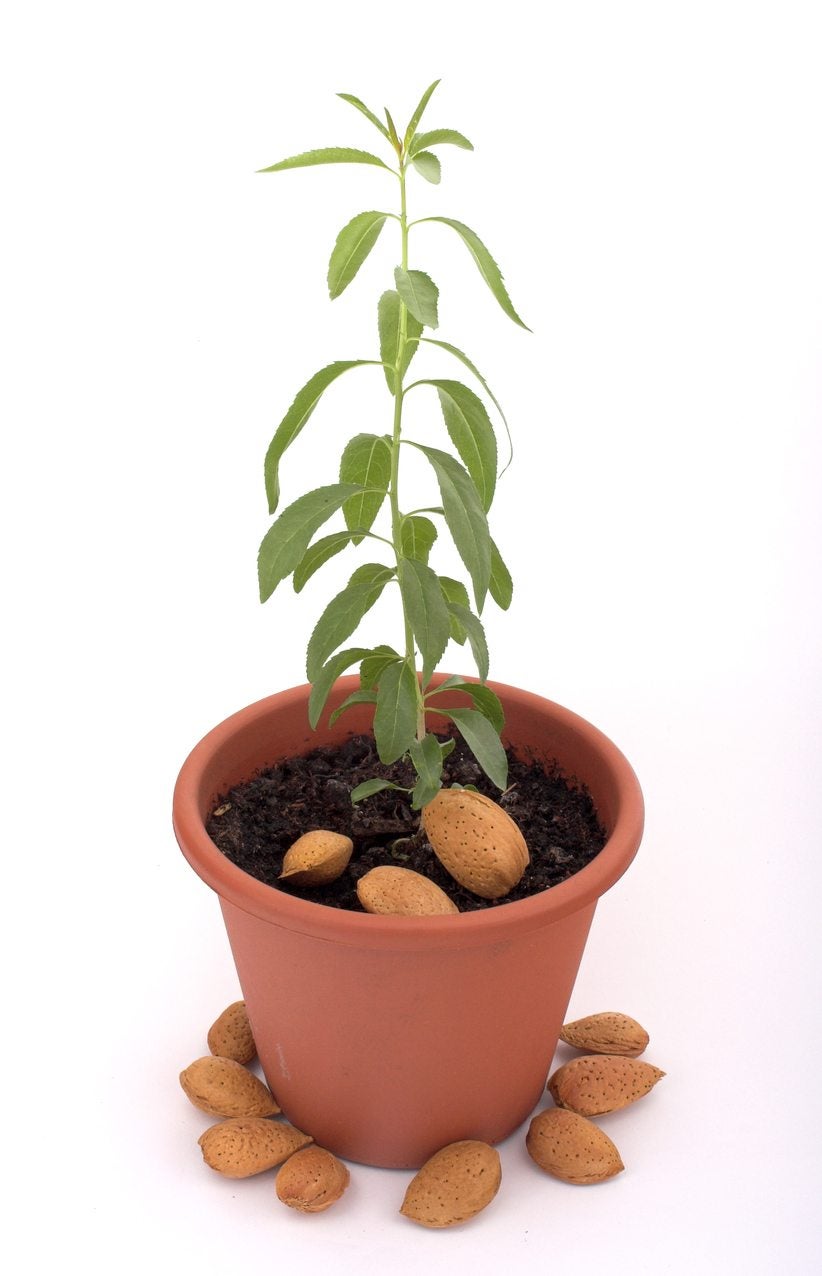 Planting Almond Nuts – How To Grow An Almond From Seed
Planting Almond Nuts – How To Grow An Almond From SeedAlthough almond germination does take a little know how, propagating your own seed grown almond trees is definitely a fun project for the novice or avid home gardener. Click on the following article to find out how to grow an almond from seed.
By Amy Grant
-
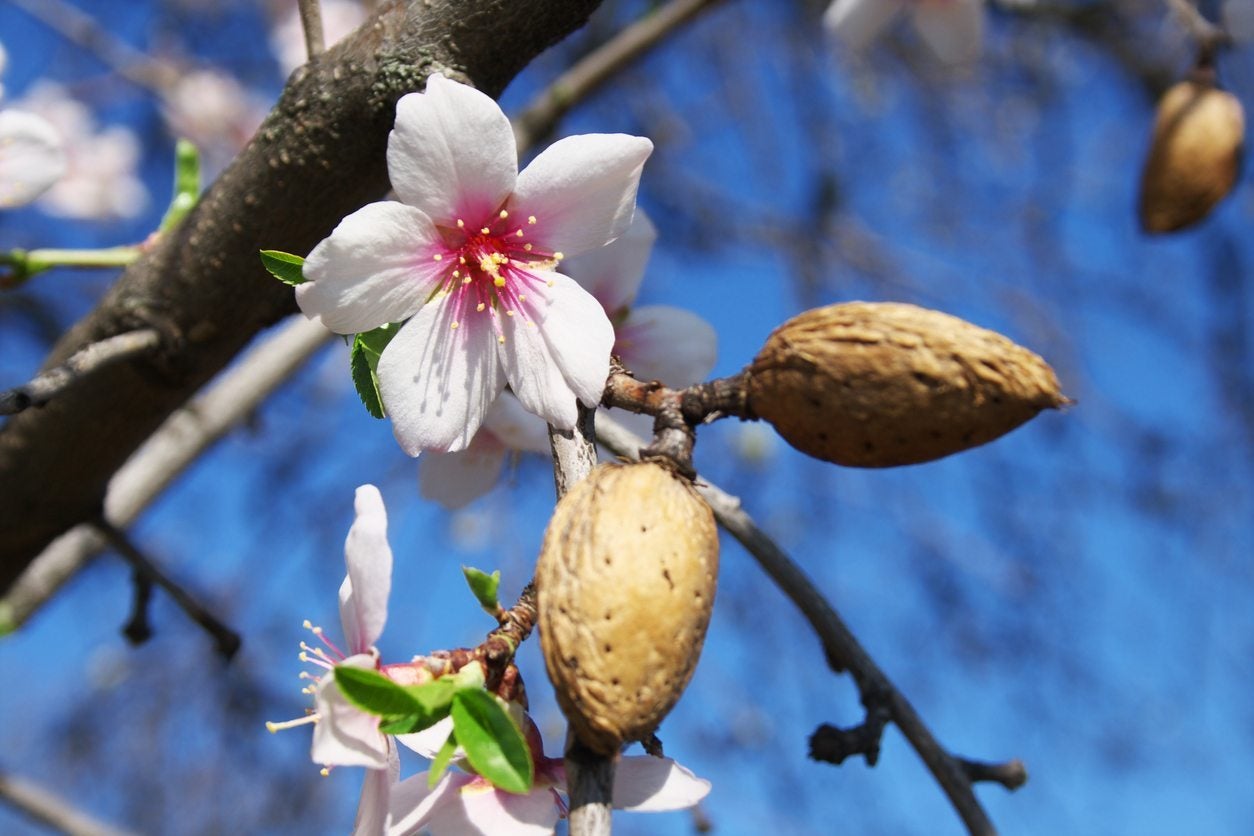 Almond Pest Control – Recognizing Almond Tree Pest Symptoms
Almond Pest Control – Recognizing Almond Tree Pest SymptomsUnfortunately, humans aren?t the only ones that enjoy almonds; there are lots of bugs that eat almonds, or the tree?s foliage. When treating pests on almond trees, it?s important to recognize almond tree pest symptoms. The following article can help with that.
By Amy Grant
-
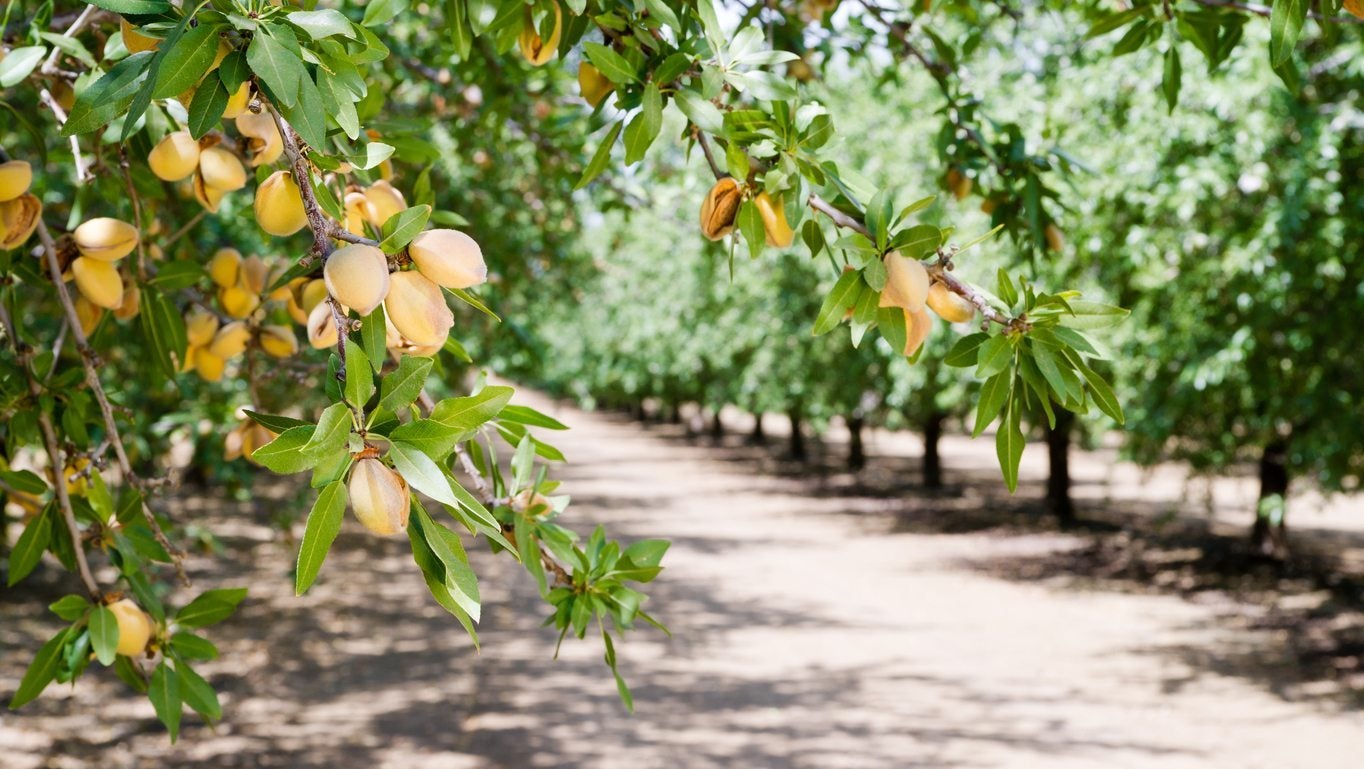 Almond Tree Cultivars: What Are The Best Varieties Of Almond
Almond Tree Cultivars: What Are The Best Varieties Of AlmondIf you are planting almond trees, you will have to select among many different almond trees and almond tree cultivars. Your choice will have to take into account a variety of factors. Click this article for information about types of almond trees.
By Teo Spengler